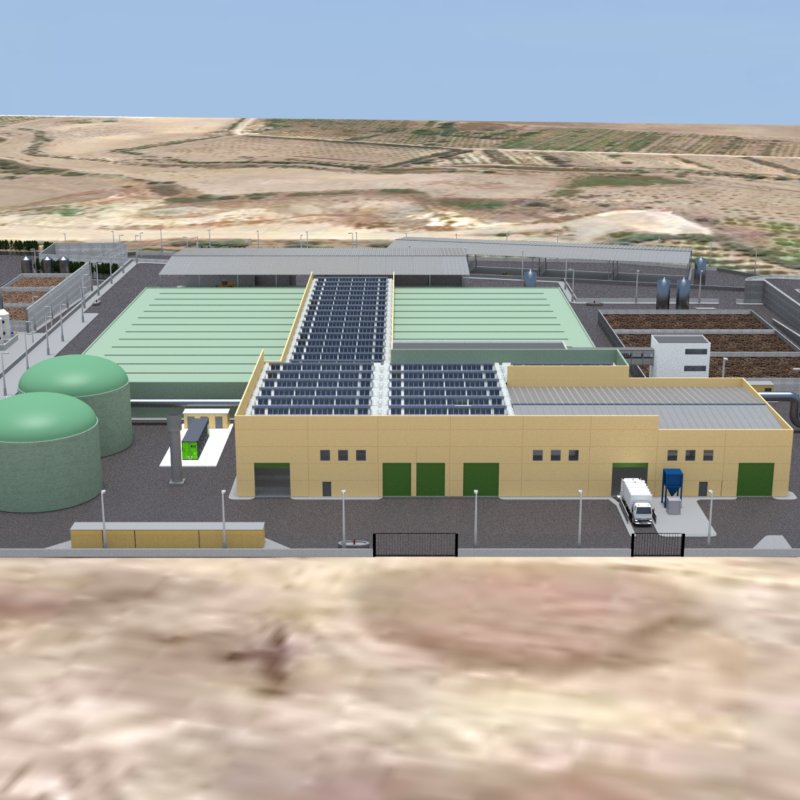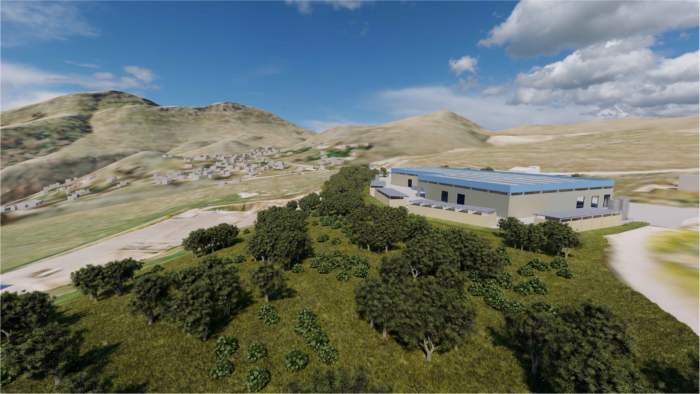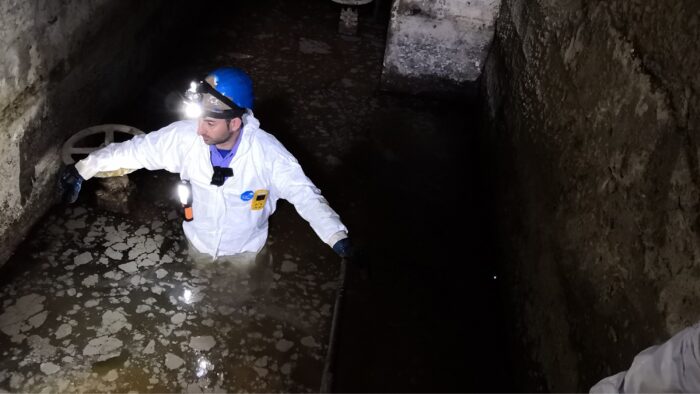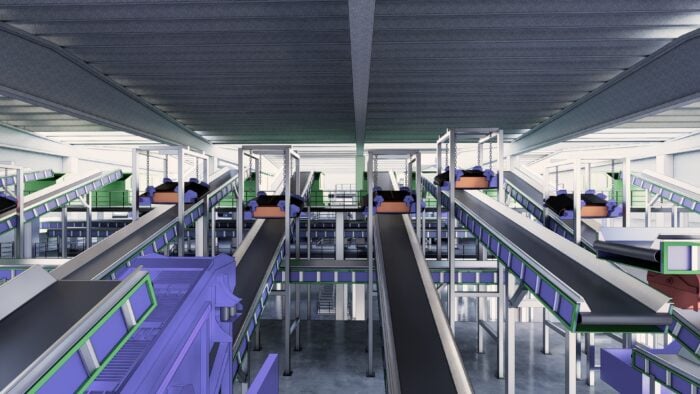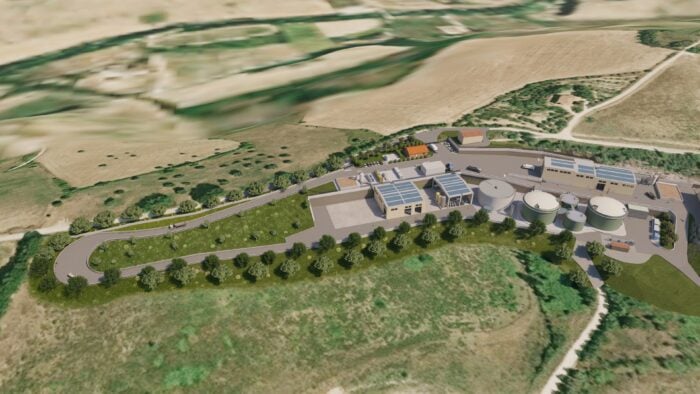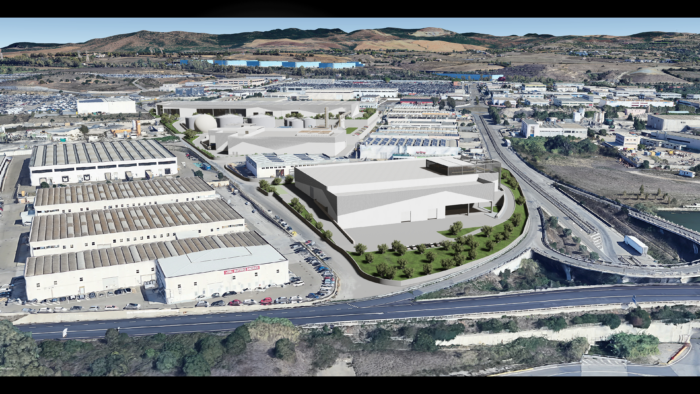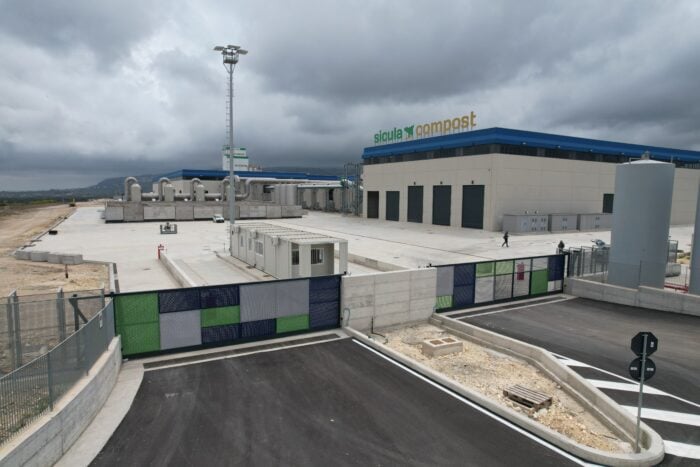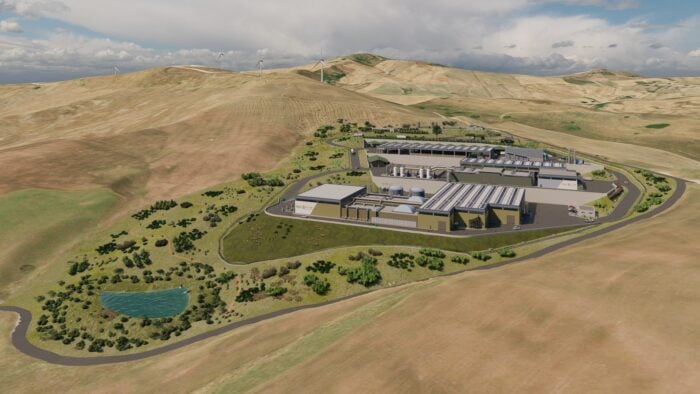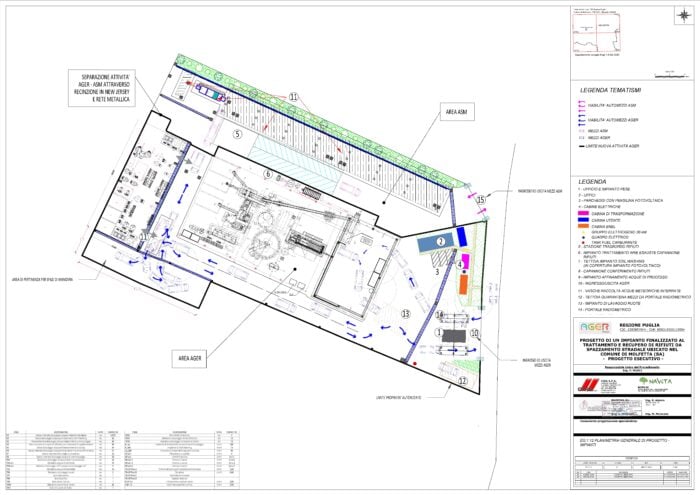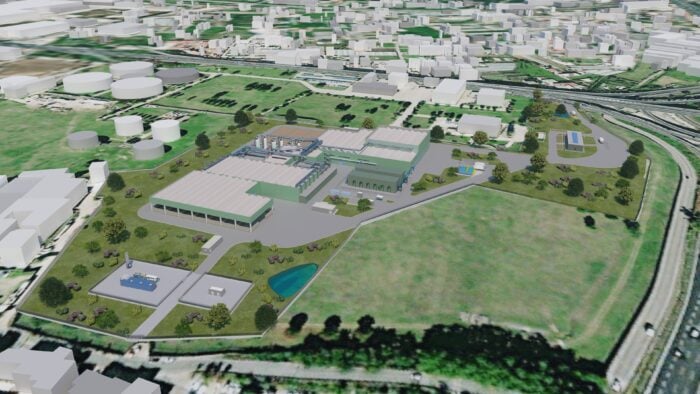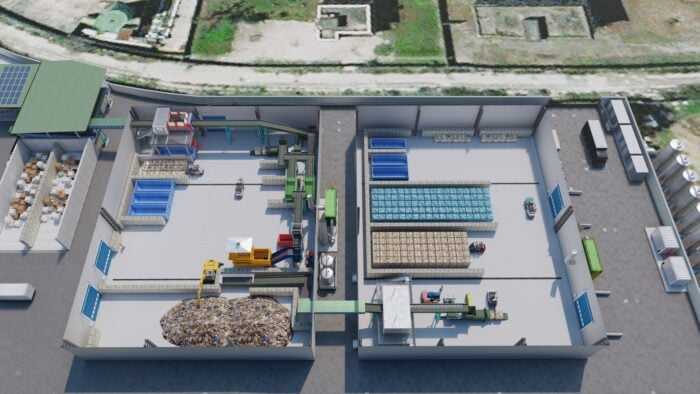Location
Catania (CT)
Data
Type of service:
Final design, Environmental Impact Assessment, Integrated Environmental Authorization application
Design period:
October 2010 – August 2012
Technical data
Additional surface for new plant:
66.700 m²
The design for improving the existing aerobic biostabilization plant (authorized by the
Italian Decree that regulates integrated environmental authorizations – D.R.S. 1004/2009)
was devised for two different needs:
i) to balance the waste treated with the waste produced by and arriving from the
mechanical treatment plant (which was authorized by D.R.S. No. 248 26/03/2009 to treat
1.000.000 t/y of undifferentiated urban waste);
ii) to provide a new section of the facility to be used for the treatment of organic waste
from the separated collection of MSW, in accordance with the new target (>65% separate
waste sorting) of the “Regional Plan for the management of Municipal Solid Waste of May
2012”.
The design regards the construction of:
- A new section for the aerobic treatment of the underscreened materials resulting
from mechanical selection, having a maximum capacity of 150.000 t/y, equal to about
410 t/d (static heaps will be stabilized within 23 closed tunnels, and subject to forced
ventilation). This will increase the current capacity from 315.000 to 465.000 t/y. So the
treatment capacity will be adequate to process the organic waste (about 450.000 t/y)
arriving from the mechanical plant; - A new section for the anaerobic digestion of the organic waste resulting from separate
collection of MSW with production of compost, with a maximum capacity of 75.000
t/y, which are about 205 t/d (process phases: mechanical pretreatments, anaerobic
digestion, within 13 closed tunnels, for the production of biogas which is recovered
within a 1.5 MW cogeneration, stabilization and drying of the digested sludge, within
13 closed tunnels subject to forced ventilation).


